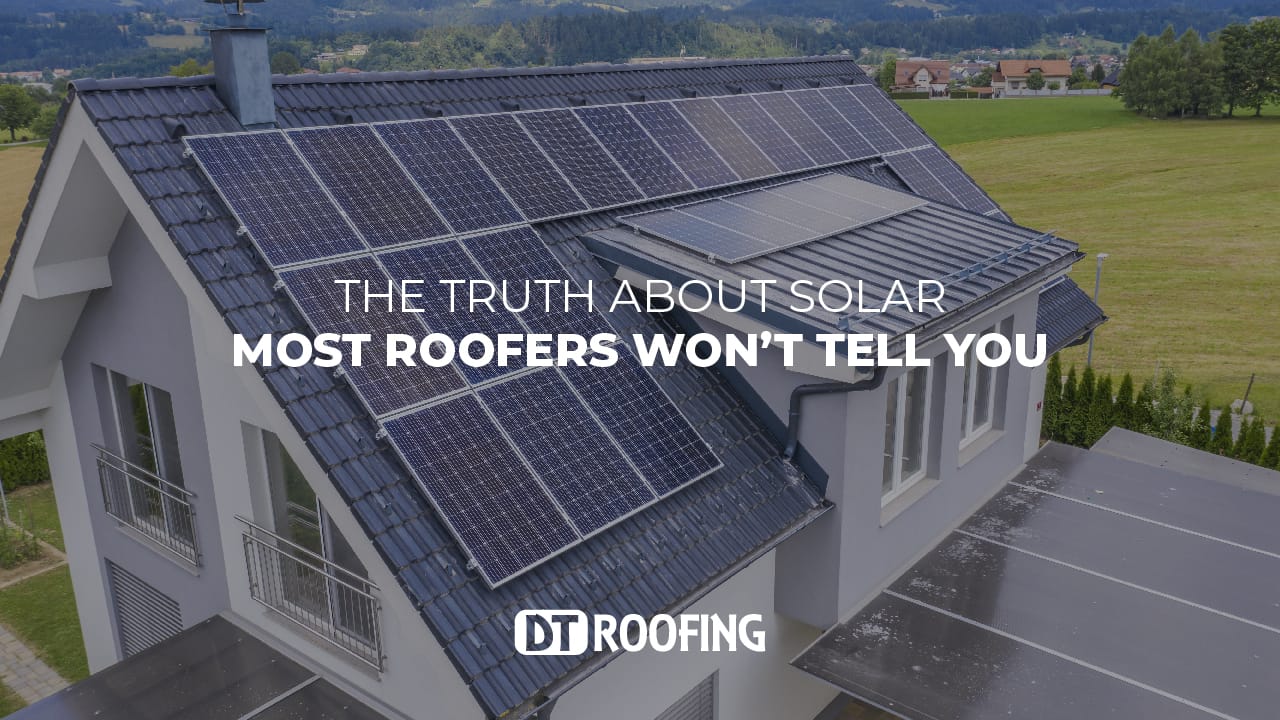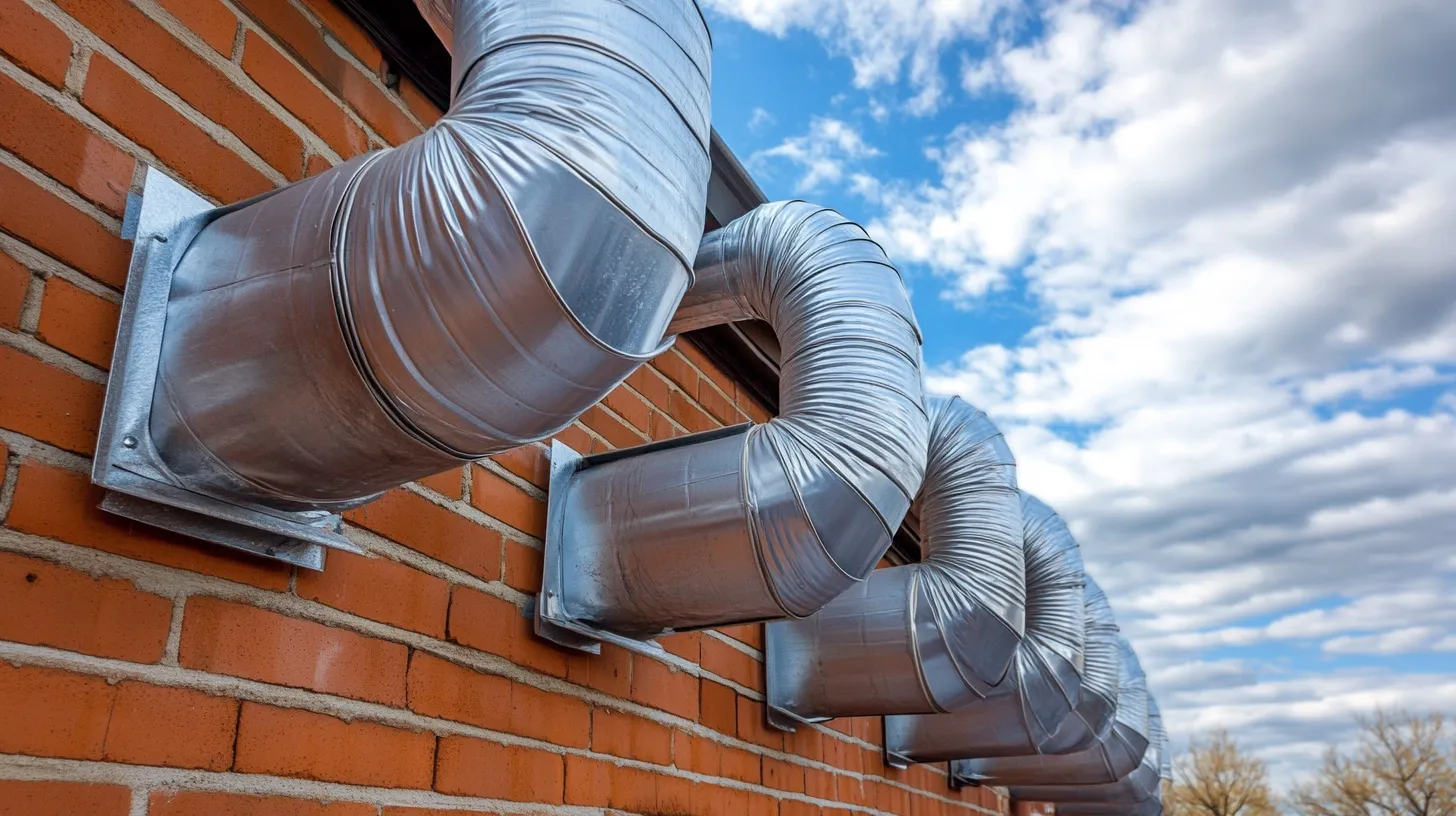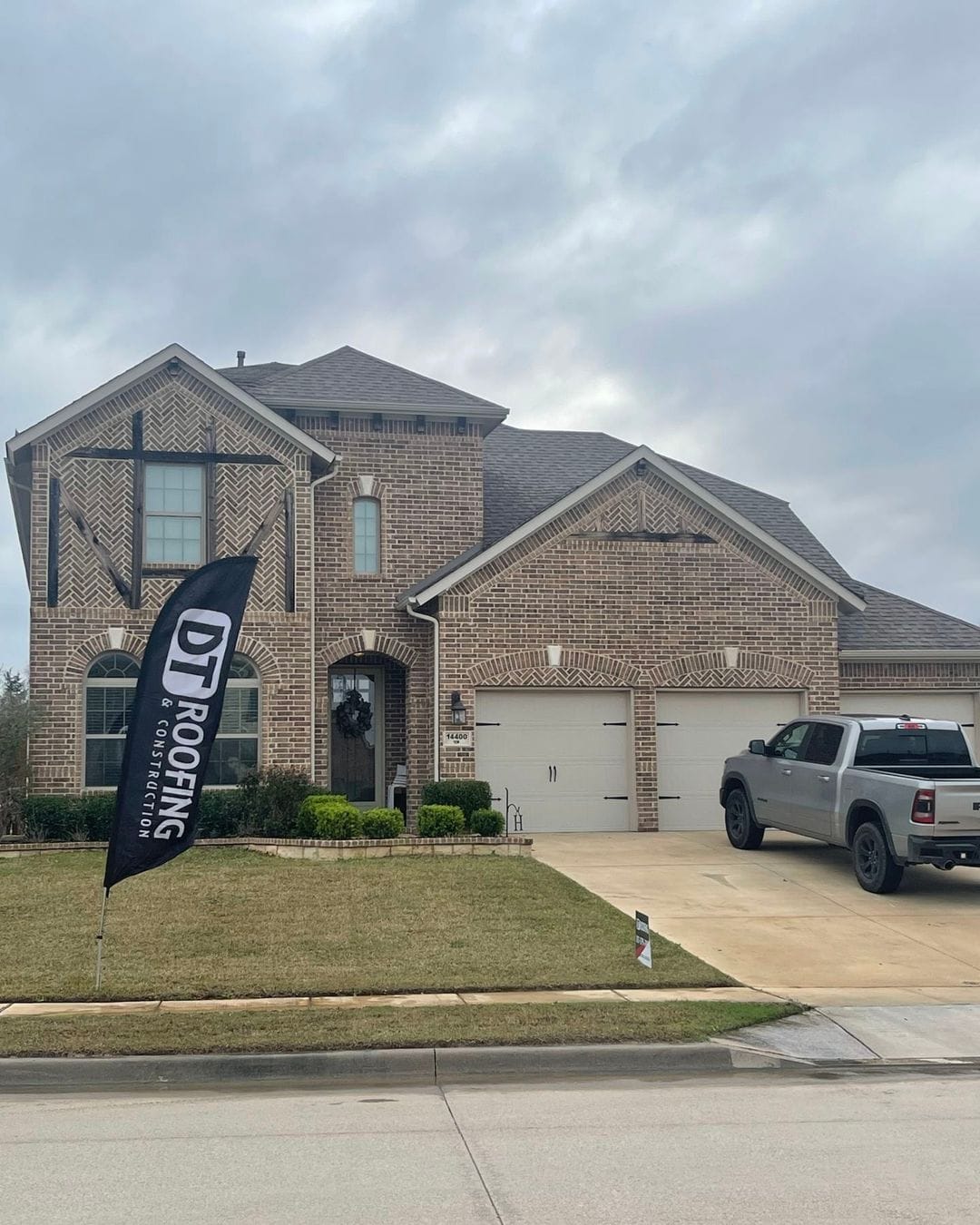
What Influences Commercial Roofing Decisions
Choosing the right roofing system for a commercial building is far more than just a matter of aesthetics—it’s a strategic decision that affects energy efficiency, durability, operational costs, and even business continuity. In Weatherford, TX, where unpredictable storms, high temperatures, and regional building codes play a significant role, it’s crucial for property owners and managers to understand what influences these important roofing choices.
Whether you’re replacing an aging system or planning new construction, knowing what drives commercial roofing decisions can help you invest wisely and protect your bottom line.
1. Building Use and Structure
The intended use of a commercial building is one of the primary factors that influence roofing decisions. A warehouse with large open spans will have vastly different needs than a medical office or retail center. Roof access, load requirements, and interior climate control expectations vary based on use.
Buildings housing temperature-sensitive equipment or products may prioritize insulation and moisture protection, while multi-tenant spaces may need soundproofing and fire resistance. The structure itself—flat vs. sloped, large vs. small, one-story vs. multi-level—also dictates what materials and systems can be installed safely and effectively.
2. Local Climate and Weather Conditions
In Weatherford, roofs must be built to withstand intense heat, heavy rainfall, strong winds, and even the occasional hailstorm. That means materials need to be durable, UV-resistant, and properly installed to prevent storm damage.
Choosing a commercial roofing system that handles Texas weather isn’t just smart—it’s necessary. For instance, thermoplastic membranes like TPO or PVC offer excellent UV resistance and energy efficiency, making them ideal for flat commercial roofs in our region. Modified bitumen, another popular system, offers durability and flexibility, even under extreme temperature fluctuations.
3. Energy Efficiency Goals
Energy efficiency is now a major driving factor in commercial roofing decisions, especially for owners looking to reduce long-term operational costs or pursue LEED certification. Reflective or “cool roof” systems can dramatically reduce heat absorption and lower cooling costs during Texas summers.
Systems that support solar panel installation are also on the rise, allowing businesses to offset electricity costs and reduce their environmental footprint. A commercial roof is no longer just a covering—it’s an opportunity for smarter energy use.
4. Budget and Lifecycle Cost
Budget will always be a consideration, but it’s essential to look beyond just the upfront cost of materials and installation. The total cost of ownership includes maintenance, energy savings, repairs, and replacement cycles.
A lower-cost material may seem like a bargain initially, but it could lead to more frequent repairs and a shorter lifespan. On the other hand, investing in high-performance materials and proper installation can reduce maintenance needs and maximize long-term savings.
At DT Roofing, we help Weatherford business owners make informed decisions by comparing lifecycle costs and building tailored solutions that match your performance goals and financial plans.
5. Code Compliance and Building Regulations
Local building codes and zoning regulations often influence what types of roofing systems can be used. Commercial properties in Weatherford must meet specific fire ratings, wind uplift requirements, drainage standards, and sometimes even appearance guidelines depending on their location.
Choosing a contractor familiar with local codes is crucial. Failing to meet code can result in costly fines, delays, and issues with insurance coverage. We ensure that every system we install is compliant from the ground up—saving you from future headaches and liability.
6. Maintenance and Accessibility
Another factor that plays into the decision is how accessible and maintainable the roof will be over time. A building with heavy rooftop equipment—like HVAC units or solar panels—may require reinforced walkways or platforms.
Roof coatings and protective layers can extend the lifespan of your system, but they also need periodic reapplication. A proactive maintenance plan should be considered as part of your system selection process.
7. Material Options: Pros and Cons
Let’s take a brief look at some of the most commonly used commercial roofing materials and why they might be chosen:
TPO (Thermoplastic Olefin)
- Highly reflective and energy-efficient
- Resistant to UV, punctures, and tears
- Popular in warmer climates like Texas
EPDM (Ethylene Propylene Diene Monomer)
- Rubber-based, durable, and flexible
- Great for buildings with large surface areas
- Cost-effective and easy to maintain
PVC (Polyvinyl Chloride)
- Strong chemical and fire resistance
- Long lifespan with minimal maintenance
- Excellent for restaurants or industrial settings
Modified Bitumen
- Multiple layers for extra protection
- Good for high-traffic roofs
- Excellent performance under temperature fluctuations
Trusting the Right Partner
The complexity of commercial roofing decisions underscores the importance of working with a knowledgeable contractor. At DT Roofing, we take the time to assess every factor—usage, climate, budget, energy needs, and compliance—to design a roofing system that performs today and protects your business tomorrow.
Our team brings decades of commercial roofing expertise, in-house craftsmanship, and a customer-first philosophy that’s earned us recognition as one of the Top 100 Roofers nationwide and an Owens Corning Platinum Preferred Contractor.
Final Thoughts
From structural needs and energy savings to climate resilience and code compliance, the decisions you make about your commercial roof are vital. They impact your building’s longevity, your business’s operations, and your financial future.
Let DT Roofing help you navigate your options and choose the system that fits best. When your business relies on performance, durability, and peace of mind—you deserve a partner who delivers all three.
Read also our blog: Flat Roof Maintenance Tips You Should Know










